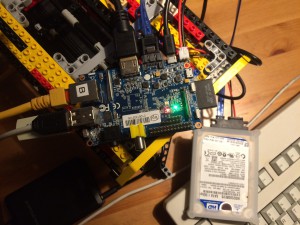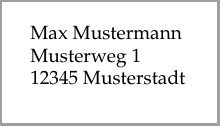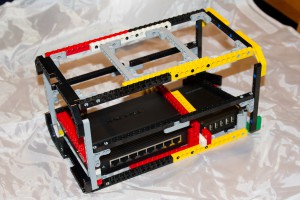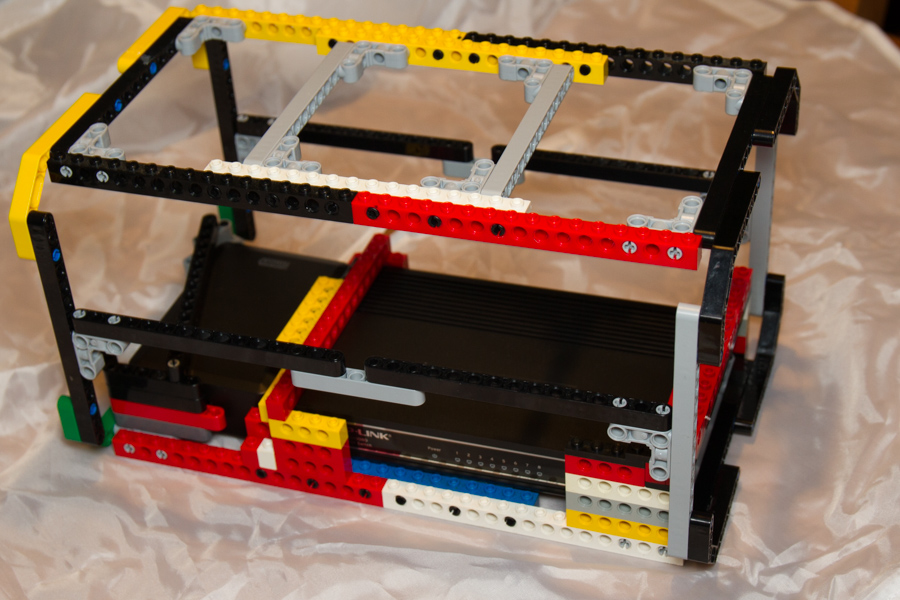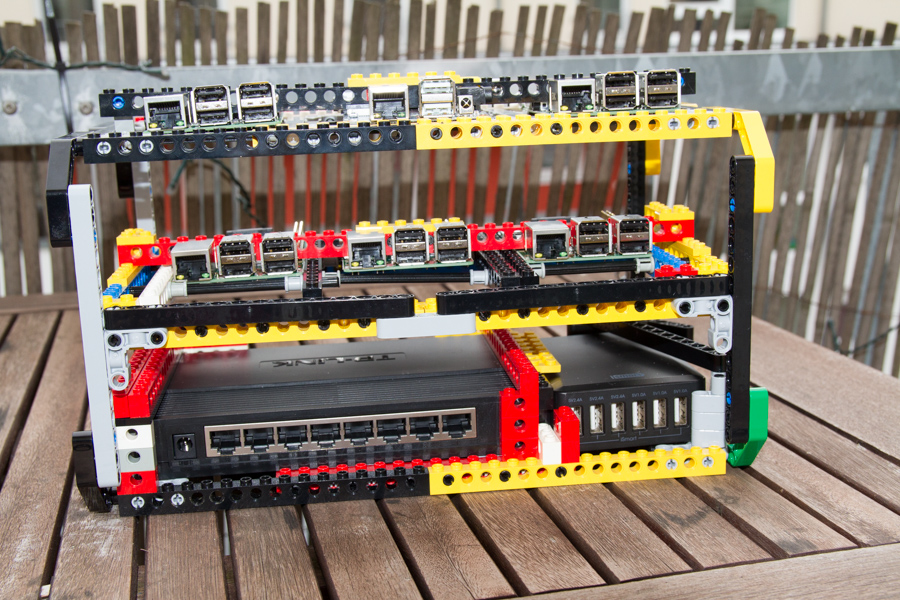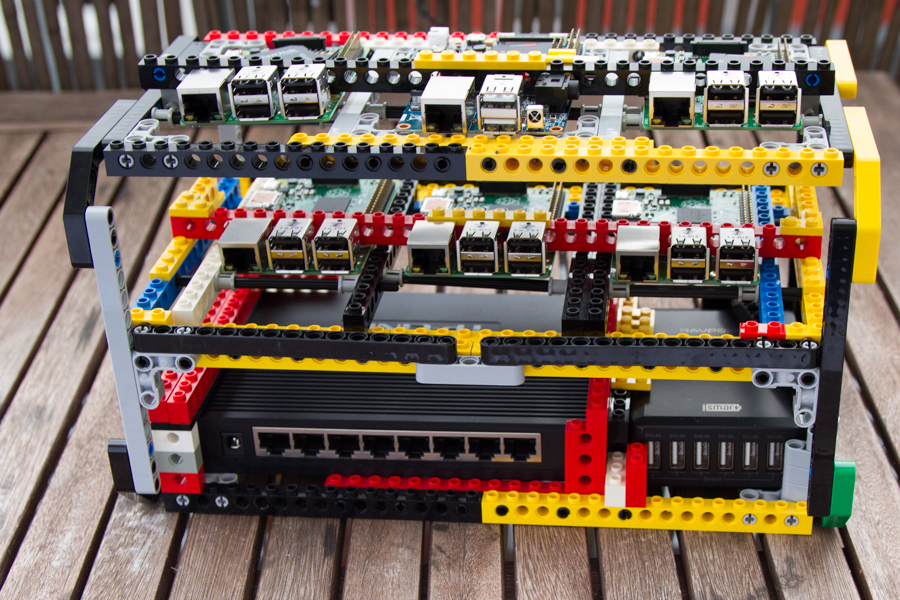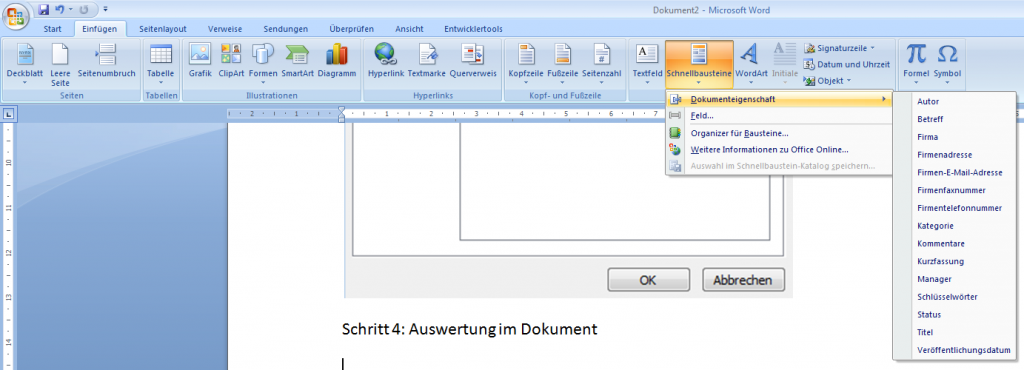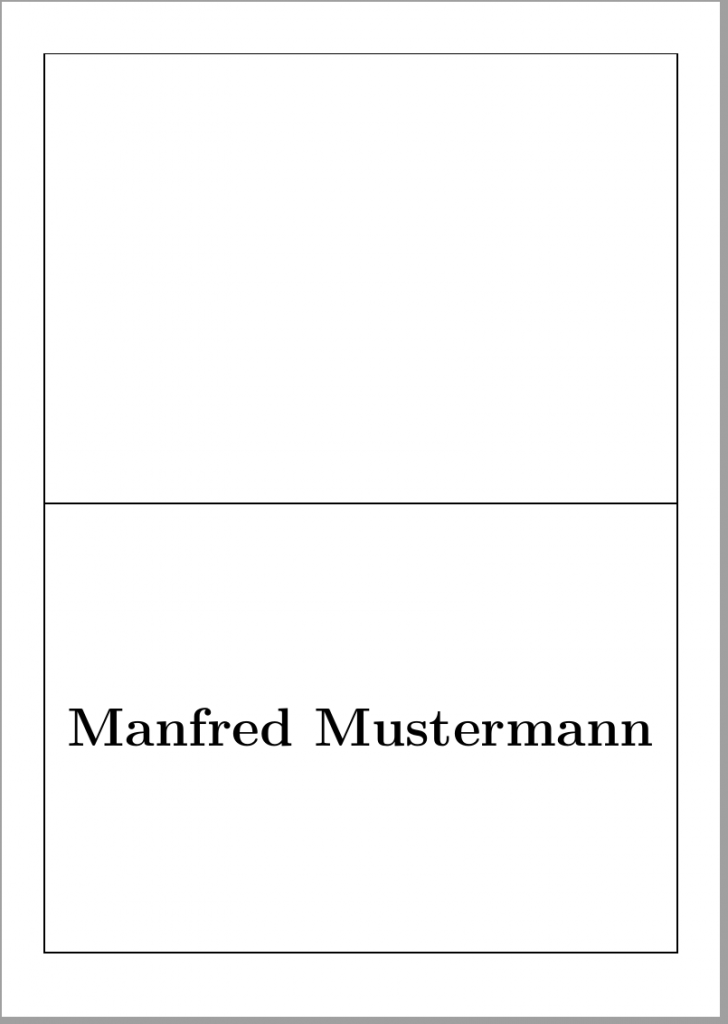Wie einige Leser meines Blogs möglicherweise wissen, unterrichte ich auch an der FOM hier in Köln. Für die Vorlesung zu „Web Programmierung“ hatte ich noch ein Buch gesucht, das die Grundlagen zu JavaScript/jQuery gut vermittelt. Über einen Kontakt der Kölner Python-Usergroup (vielen Dank auch dorthin) habe ich dann vom O’Reilly Verlag freundlicherweise ein Rezensionsexemplar der mittlerweile dritten Ausgabe von „JavaScript & jQuery: The Missing Manual“ erhalten, die ich hier kurz besprechen möchte.
Das Buch gliedert sich in sechs Teile:
- Getting Started with JavaScript
- Getting Started with jQuery
- Getting Started with jQuery UI
- Advanced jQuery and JavaScript
- Tips, Tricks, and Troubleshooting
- Appendix
Das Buch geht (zu Recht) davon aus, dass man grundlegende HTML-Kenntnisse hat. Am Anfang wird zwar kurz über HTML-Tags gesprochen — auch CSS wird kurz erwähnt — dann geht es aber los mit der JavaScript Programmierung. Nach dem obligatorischen „Hello World“ bekommt man die grammatikalischen Grundlagen der Sprache nähergebracht und welche Datentypen und Schlüsselwörter es gibt. Sehr ausführlich ist auch die Beschreibung von Flusssteuerung und Schleifen.
Im zweiten Teil startet man dann mit jQuery. Im direkten Vergleich mit JavaScript merkt man als Leser schnell, dass die Nutzung von jQuery doch einige Vorteile hat. Was in reinem JavaScript mühsame Konstrukte erfordert, ist in jQuery meist in einer kurzen Zeile erledigt. Der Autor zeigt hier auch sehr ausführlich, wie man Elemente in jQuery selektieren und auswerten kann. In Kapitel 5 geht es dann um die Behandlung von Events, in Kapitel 6 um die Steuerung von Animationen mittels jQuery.
Kapitel 7 vermittelt, wie häufig vorkommende Aufgaben wie das Austauschen von Bildern in jQuery schnell & einfach gelöst werden können, Kapitel 8 geht auf die Nutzung von jQuery in Web-Formularen ein.
Der dritte Teil ab Kapitel 9 behandelt jQuery UI, ein Thema, das ich aus Zeitmangel in der Vorlesung nur am Rande behandeln konnte. Der Autor zeigt hier, wie man die verschiedenen Komponenten aus dem jQuery UI Paket nutzt und wie man das gewonnene Wissen nutzen kann, um eine TODO-Listen Anwendung zu schreiben.
Fazit
Auf über 650 Seiten und bei einem aktuellen Preis von etwas mehr als 30 Euro bietet dieses Buch einen sehr guten und umfassenden Einstieg in das Thema. Ich konnte eine ganze Reihe von Inhalten — auch in Bezug auf die Vermittlung des Wissens — direkt in der Vorlesung einsetzen. Ich empfehle dieses Buch auch meinen Studenten, wenn sie mehr wissen wollen zu JavaScript & jQuery.
Uwe Ziegenhagen likes LaTeX and Python, sometimes even combined.
Do you like my content and would like to thank me for it? Consider making a small donation to my local fablab, the Dingfabrik Köln. Details on how to donate can be found here Spenden für die Dingfabrik.
More Posts - Website
